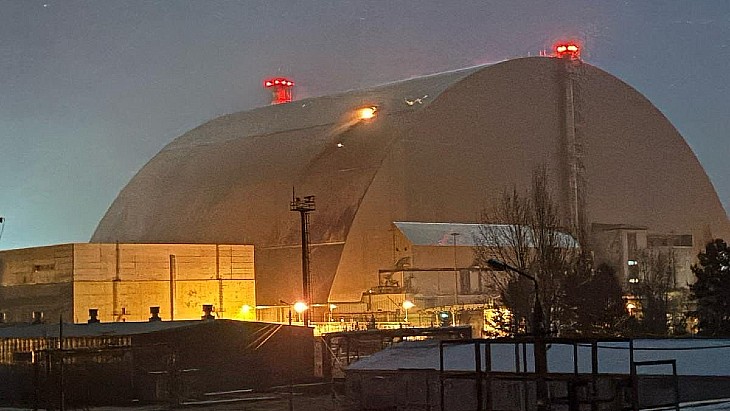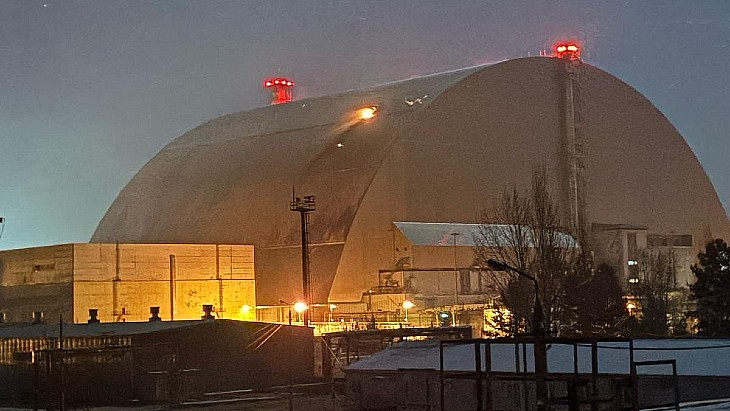Countries have made preparations for responding to nuclear and radiological emergencies, but too little has been done to prepare for the lifting of those emergencies, according to the International Atomic Energy Agency (IAEA). It has now released a guide providing advice on the transition to a normal state following an emergency.
Released last week, the publication - Safety Guide on Arrangements for the Termination of a Nuclear or Radiological Emergency - discusses arrangements to be made at the preparedness stage, as part of overall emergency preparedness. It offers guidance and recommendations for "the termination of a nuclear or radiological emergency and the subsequent transition from the emergency exposure situation to either a planned exposure situation or an existing exposure situation".
The guide notes, "Most states have paid particular attention to ensuring adequate preparedness to respond effectively to a nuclear or radiological emergency in order to protect human life, health, property and the environment early in the response. However, less attention has been devoted, at the preparedness stage, to practical arrangements for dealing with the challenges associated with the termination of an emergency and the transition to the 'new normality'."
The IAEA said the new guide "elaborates the prerequisites that need to be fulfilled so that responsible authorities can declare the nuclear or radiological emergency ended and it gives detailed guidance on adapting and lifting protective actions."
The guide is intended to assist decision making is based on "scientific considerations regarding radiation protection, established best practices and lessons learned from experience", including the Fukushima Daiichi, Chernobyl and Three Mile Island accidents.
The safety guide supports the implementation of requirements included in the IAEA General Safety Requirements publications Preparedness and Response for a Nuclear or Radiological Emergency and Radiation Protection and Safety of Radiation Sources: International Basic Safety Standards.
Ciara McMahon, programme manager at Ireland's Environmental Protection Agency, said: "This Safety Guide will help decision makers as they face the challenge of when to formally declare an emergency ended. This involves defining radiation protection considerations as well as other factors that provide for the safety and wellbeing of affected populations as the emergency transitions to a new normal."
In addition to the IAEA, the publication is sponsored by the Food and Agriculture Organisation of the United Nations (UN), the International Civil Aviation Organisation, the International Labour Office, the International Maritime Organisation, Interpol, the OECD's Nuclear Energy Agency, the UN Office for the Coordination of Humanitarian Affairs, the World Health Organisation and the World Meteorological Organisation.
The IAEA said training materials on the new safety guide will be published in the coming months.
Researched and written
by World Nuclear News












